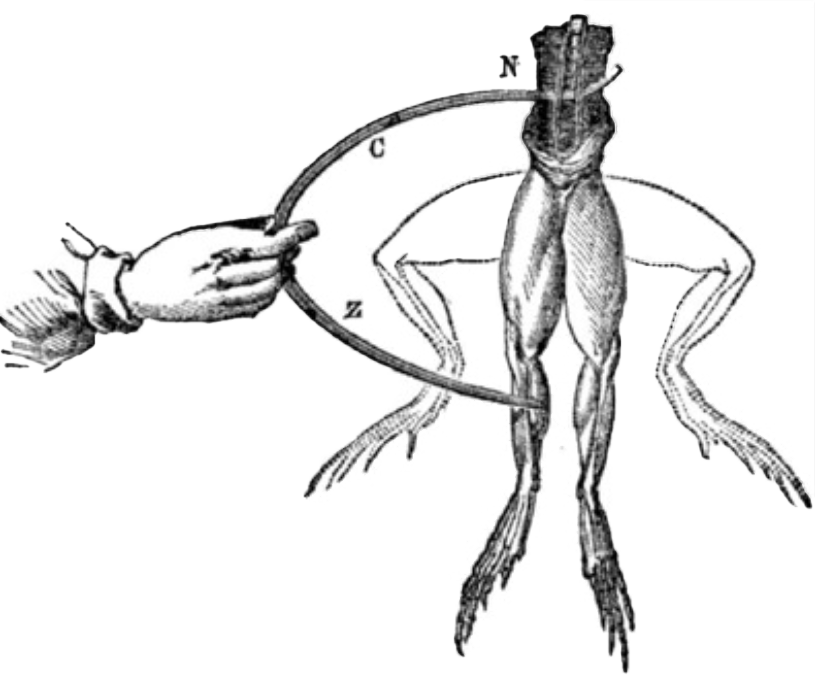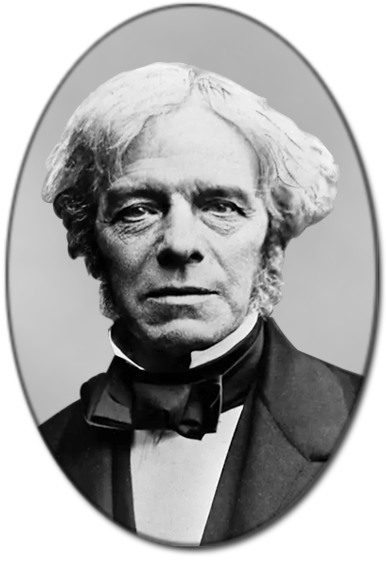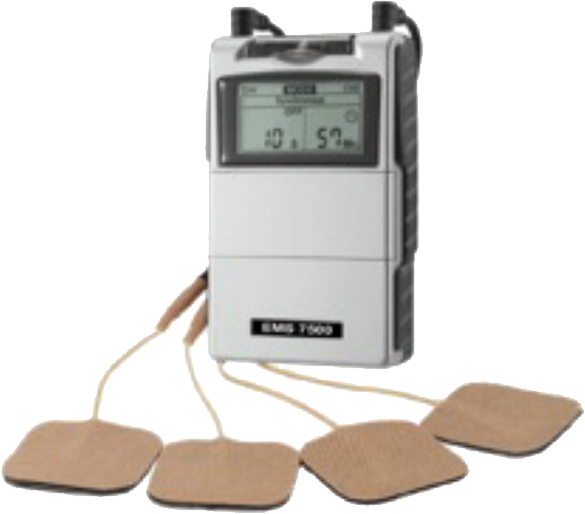For improved rehabilitation and athletic performance, Electrical Muscle Stimulation (EMS) has emerged as a powerful tool in aiding recovery times, improving muscle strength, increasing range of motion, and elevating overall physical abilities. The history of EMS is a journey that spans centuries, with breakthroughs that have revolutionized the way we understand and harness the power of electricity to stimulate muscle contractions.
The Neuro20 PRO System represents an ongoing evolution in advancing EMS technology, changing how we approach patient recovery and human performance. As technology continues to advance, innovative solutions like the Neuro20 PRO System are poised to play a pivotal role in optimizing what we can achieve using EMS for rehabilitation and athletic training.
In this blog post, we will explore the history of EMS, tracing its evolution from ancient practices to modern-day applications.

ANCIENT ORIGINS
The knowledge gained from these ancient traditions laid the foundation for the scientific exploration of electrical principles in later centuries, ultimately leading to the development of EMS as a valuable tool for muscle stimulation and pain relief.
18th Century: The Dawn of Scientific Inquiry

Benjamin Franklin Discovers Positive/Negative Poles, Insulation, and Conductivity

LUIGI GALVANI'S FROG EXPERIMENTS
Galvani theorized that the frogs' legs contained "animal electricity" or a form of electrical fluid that could trigger muscle contractions. This phenomenon, known as "galvanism," sparked widespread interest in the connection between electricity and muscle function.

Advancements in Electrotherapy and Animal Experiments
The application of electrical stimulation to paralyzed patients and individuals with muscle disorders gained attention, with some early attempts at muscle rehabilitation.
While the 18th century laid the groundwork for EMS by introducing the concept of galvanism and the voltaic pile, it was the 19th century that saw more systematic scientific investigations and the development of practical EMS devices. The pioneering work of Luigi Galvani and his contemporaries set the stage for a deeper understanding of the relationship between electricity and muscle function, ultimately leading to the emergence of EMS as a valuable tool in medicine and rehabilitation.

Alessandro Volta's Development of the Voltaic Pile
The voltaic pile provided a reliable and continuous source of electric current, allowing researchers to conduct more controlled experiments in the field of electricity. This development was instrumental in advancing the study of EMS.
19th Century: Faraday and Du Bois-Reymond
Throughout the 19th century, key figures like Michael Faraday and Emil Du Bois-Reymond made significant contributions to understanding electrical principles and their application in muscle stimulation. Faraday’s experiments with electromagnetic induction and Du Bois-Reymond’s work on nerve and muscle physiology laid the groundwork for the development of modern EMS technology.
This century witnessed crucial developments in understanding electrical principles and their application to muscle stimulation.

Du Bois-Reymond's Research

Faraday and Electromagnetic Induction

Emergence of the "Electrotherapeutic" Industry
The 19th century was a pivotal period in the evolution of EMS. It saw the development of instruments and devices that laid the foundation for modern EMS technology. Scientists like Du Bois-Reymond and Faraday expanded our understanding of electrical principles, while practitioners began to use electricity for therapeutic purposes. These advancements paved the way for the future of EMS, leading to its integration into medical and rehabilitation practices in the 20th century and beyond.
20th Century: Technological Advancements

The Invention of the TENS Unit
The breakthrough moment for TENS came when Dr. Shealy, in collaboration with electrical engineer Jim Ballard, developed a portable and user-friendly TENS unit. This compact device allowed patients to administer treatments at home, marking a significant shift from clinic-based rehabilitation.
The TENS unit's mechanism of action involves delivering low-frequency electrical impulses through electrodes placed on skin's surface, stimulating sensory nerves and modulating pain signals to the brain.

1976 Montreal Olympics
Through his research and practical applications, Dr. Kots demonstrated the remarkable effectiveness of electrical current in improving muscle strength and athletic performance, exhibiting the ability to increase fast-twitch muscles to significantly improve athletes' speed and agility.
Modern Applications:
Exploring the New Frontier of EMS
In the contemporary landscape of electrical muscle stimulation, cutting-edge technologies and systems are pushing the boundaries of what was once thought possible.
The Neuro20 PRO System represents a leap forward in the application of EMS. Developed in 2020 through extensive research and innovation, the Neuro20 PRO System combines the principles of traditional EMS with the latest advancements in technology and science, including:
- Precision Targeting: The Neuro20 PRO System is the first Whole-Body Electrical Muscle Stimulation (WB-EMS) wearable of its kind, utilizing state-of-the-art electrode placement and control and allowing for precise targeting of specific muscle groups. This level of accuracy ensures that the right muscles are stimulated during treatment or training sessions.
- Customizable Programs: One of the standout features of the Neuro20 PRO System is its ability to tailor EMS programs to individual needs. Whether it’s rehabilitation or athletic training, the system can be adjusted to address unique requirements.
- Real-time Monitoring: The system’s advanced sensors provide real-time feedback on muscle performance and response to stimulation. This data allows healthcare professionals and trainers to make informed adjustments to optimize treatment or training outcomes.

Conclusion
The history and evolution of Electrical Muscle Stimulation (EMS) is a testament to human ingenuity and our ever-evolving understanding of the relationship between electricity and muscle function. From its humble beginnings in ancient times to its modern applications in medicine, sports, and fitness, EMS has come a long way in improving the lives of its users.
Today, it continues to provide valuable benefits for patient recovery, performance enhancement, and overall well-being. As technology continues to advance, we can expect EMS to play an even more significant role in shaping the future of rehabilitation and human performance.
Sources
https://pubmed.ncbi.nlm.nih.gov/23249528/
Heidland A, Fazeli G, Klassen A, Sebekova K, Hennemann H, Bahner U, Di Iorio B.
Neuromuscular electrostimulation techniques: historical aspects and current possibilities in treatment of pain and muscle waisting. Clin Nephrol. 2013 Jan;79 Suppl 1:S12-23. PMID: 23249528.
https://doi.org/10.1093/ptj/82.10.1019
Alex R Ward, Nataliya Shkuratova, Russian Electrical Stimulation: The Early Experiments, Physical Therapy, Volume 82, Issue 10, 1 October 2002, Pages 1019–1030





